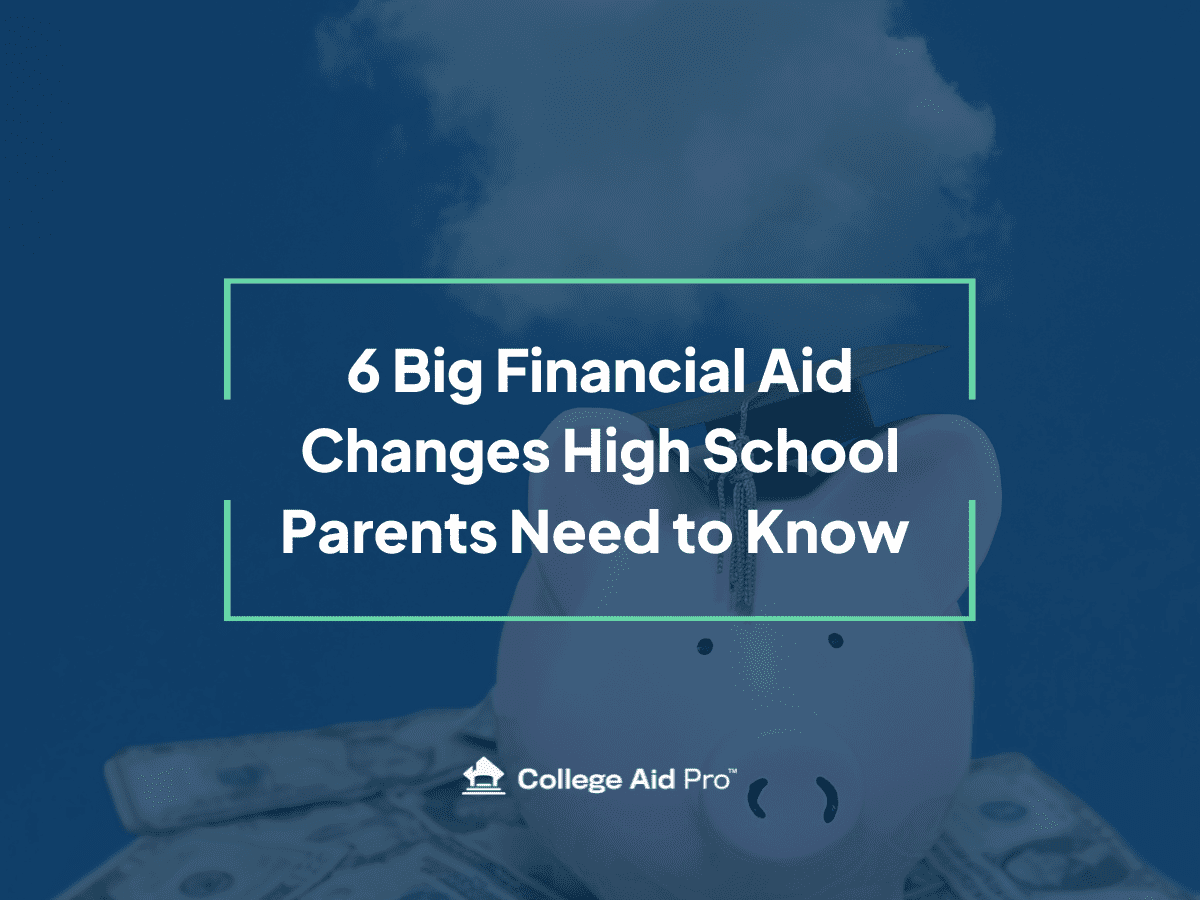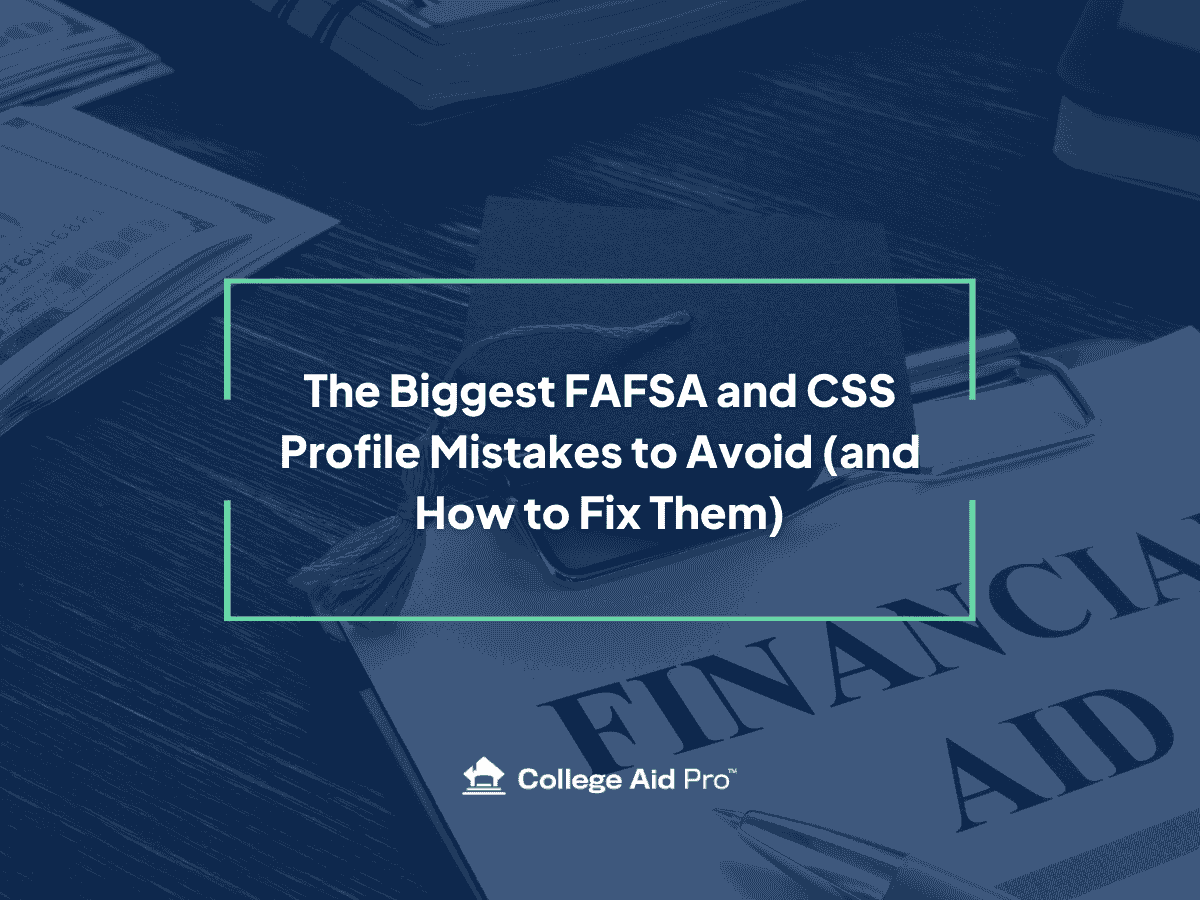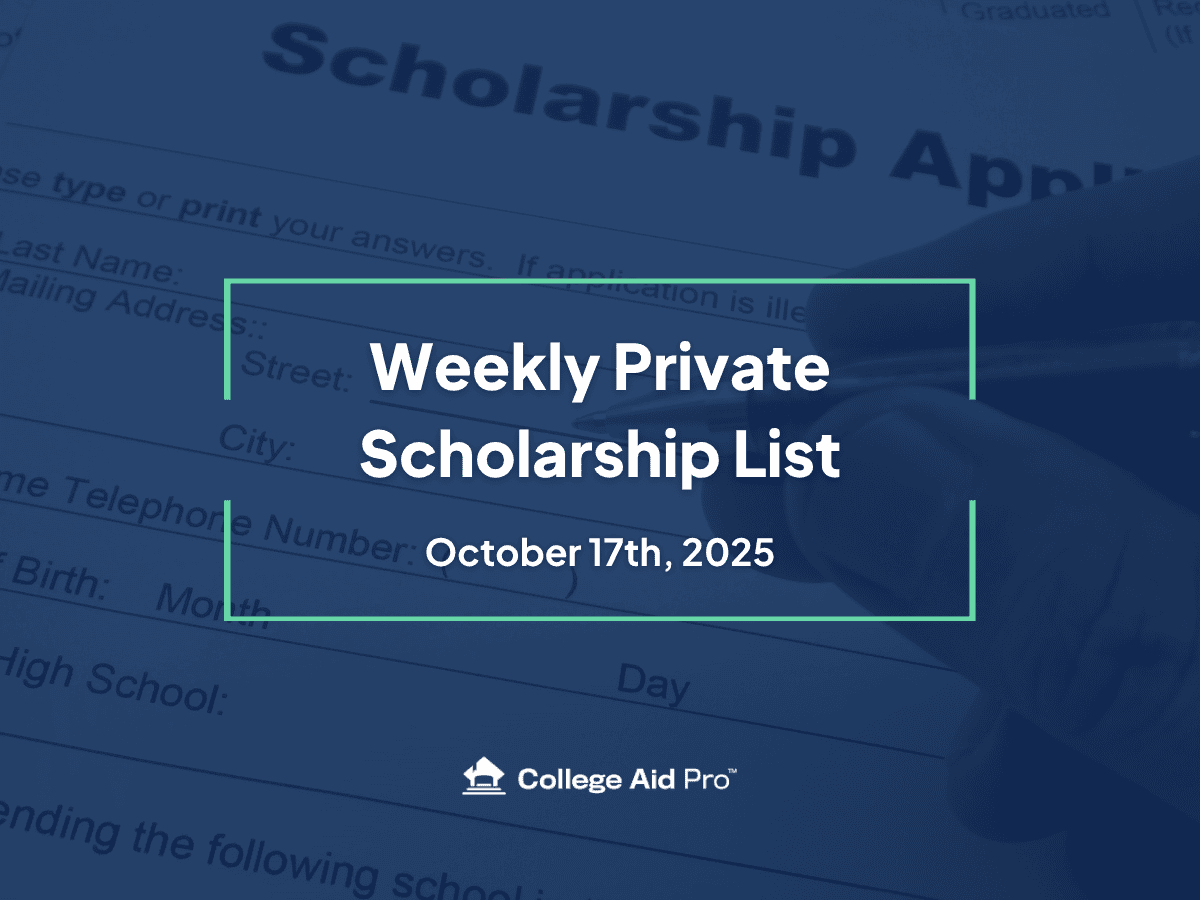6 Ways the Big Beautiful Bill Could Impact Your College Choice
Whether you’re just starting to think about college or you’ve done this before with an older kid, welcome to a new era of planning. The Big Beautiful Bill (yes, it really goes by that name) is bringing some serious changes to how families pay for college, and it’s going to matter for you.
These changes kick in on July 1, 2026, so if your student is a current junior or senior, this stuff will apply while they’re in college.
Let’s walk through the key shifts, what they mean, and how to prepare,especially if you’re feeling unsure where to start.
1. The Parent PLUS Loan Isn’t a Blank Check Anymore
In the past, parents could borrow up to the full cost of attendance at any college using the federal Parent PLUS Loan. But starting with the 2026–27 school year, that will be capped at:
- $20,000 per year
- $65,000 total per student
🧠 If you’ve done this before: This is a massive change. Many families used PLUS Loans to close big funding gaps.
🧠 If you’re new to all this: Know that the PLUS Loan is a federal loan in the parent’s name—not the student’s—and you’re responsible for paying it back. It’s often used to cover whatever aid and savings don’t.
These new caps may mean you’ll need to explore private loans, state loans, or other strategies to cover costs.
At College Aid Pro we feel the best strategy begins with a college budget. Figure out how much you have to spend, how much you can realistically afford to borrow, and how much your student can earn in scholarship and grant discounts.
Shopping for schools that limit your need to borrow over the new Parent PLUS limits can alleviate some stress and anxiety from figuring out where you’re going to find the money. Want to learn what schools fit your budget and shopping list? Use our MyCAP software to start building your college list.
2. Subsidized Student Loans Survived (That’s a Win)
Let’s talk about Federal Direct Student Loans(FDSL). These are the main loans available to students through the FAFSA.
There are two types:
- Subsidized Loans: Based on financial need. The government covers the interest while your student is in school.
- Unsubsidized Loans: Not need-based. Interest starts accruing right away, but the rates are typically lower than private loans.
🎓 How do you get them? By submitting the FAFSA (Free Application for Federal Student Aid)- yep that’s it. No credit check, no qualifying, but these loans are capped at a specific amount for each year. Learn more about theFAFSA here.
✅ These loans are staying put under the new bill, which is great news. Students will still be able to access them as long as they complete the FAFSA and meet eligibility criteria.
3. The Pell Grant Is Staying the Same (With a Twist)
The Pell Grant is a federal grant (aka free money) awarded to students with significant financial need. It currently maxes out at $7,395 per year, and that’s not changing under the new bill.
Here’s the new twist: Starting in 2026, Pell money can only be applied to direct costs – things billed by the school like tuition, fees, and room and board (if you’re living on campus). It won’t cover things like off-campus housing, books, travel, or groceries.
💬 First-timers: This is one of the most valuable types of aid out there, and it doesn’t need to be paid back. But you’ll want to understand how your student’s aid package uses it.
💬 Repeat parents: If you’ve received Pell in the past, note that how it’s applied might change. It’s worth a call to the college financial aid office once your student enrolls to make sure you’re not losing out.
4. FAFSA Relief for Small Business Owners
Beginning in July of 2026, small business, family farm, and commercial fishery values will no longer be included in the FAFSA’s aid calculation.
This could increase your family’s eligibility for need-based aid, but only at schools that use the FAFSA.
📝 Quick primer:
- FAFSA = Free Application for Federal Student Aid. Used by most colleges to determine eligibility for federal and some institutional aid.
- CSS Profile = An additional financial aid form used by about 200 mostly private schools. It looks at more assets, including businesses.
👉 Learn more about the CSS Profile
📌 Pro Tip: If you own a business or farm, this FAFSA shift may open more doors, just check which form your student’s schools require. (Not sure what form the school’s on your list use? You can find that in the school profile on your MyCAP account)
5. Colleges Are Facing New Rules, Too
This bill doesn’t just affect families, colleges are under new financial pressures as well.
One big shift? The endowment tax is increasing and will apply to more institutions than before. This means schools with large endowments may owe more in federal taxes.
What could that mean for your family?
- Less money for need-based or merit aid, as schools use more of their funds to cover taxes
- A greater focus on admitting students who can pay more, due to fewer resources to discount tuition
- More pressure on colleges to rethink pricing and discounting strategies to stay competitive
No, this doesn’t mean your student won’t get in or won’t get aid, but it does mean planning your college list with affordability in mind is more important than ever.
6. Future Repayment Will Look Different
Even if loans feel far off right now, it helps to know what’s ahead. For any federal loans disbursed after July 1, 2026, borrowers will have only two options for repayment:
- A standard fixed monthly payment for 10–25 years
- RAP (Repayment Assistance Plan), which adjusts monthly payments based on income and family size
RAP simplifies some of the current options, but has some trade-offs. Forgiveness takes longer, and it includes a “marriage penalty,” meaning a spouse’s income is counted even if you file separately.
This stuff will matter down the road. For now, just flag it for your long-term strategy.
So, What’s Your Next Move?
This is a moment to pause, learn, and start building a smart game plan.
If this is your first time navigating all this, welcome. If you’ve been here before, be ready for new twists.
Here’s where to start:
- Know your numbers. MyCAP lets you see projected costs, aid eligibility, and long-term borrowing outcomes for each school.
- Understand your options. Whether it’s loans, grants, scholarships, or savings strategies, learn how it all fits together.
- Think ahead. A college that seems doable now may not be once these rules kick in. Plan for the full four years.
You Don’t Have to Do This Alone
We’re here to make sure your family feels confident—not confused—about college money.
📌 Start by getting clear on your numbers withMyCAP
📌 Browse ourfree resources and stay in the know
📌 Subscribe to ourpodcast for easy-to-digest updates
📌 And yes—we’re here if you want personal guidance
Catch Up on the Rest of the Series:



